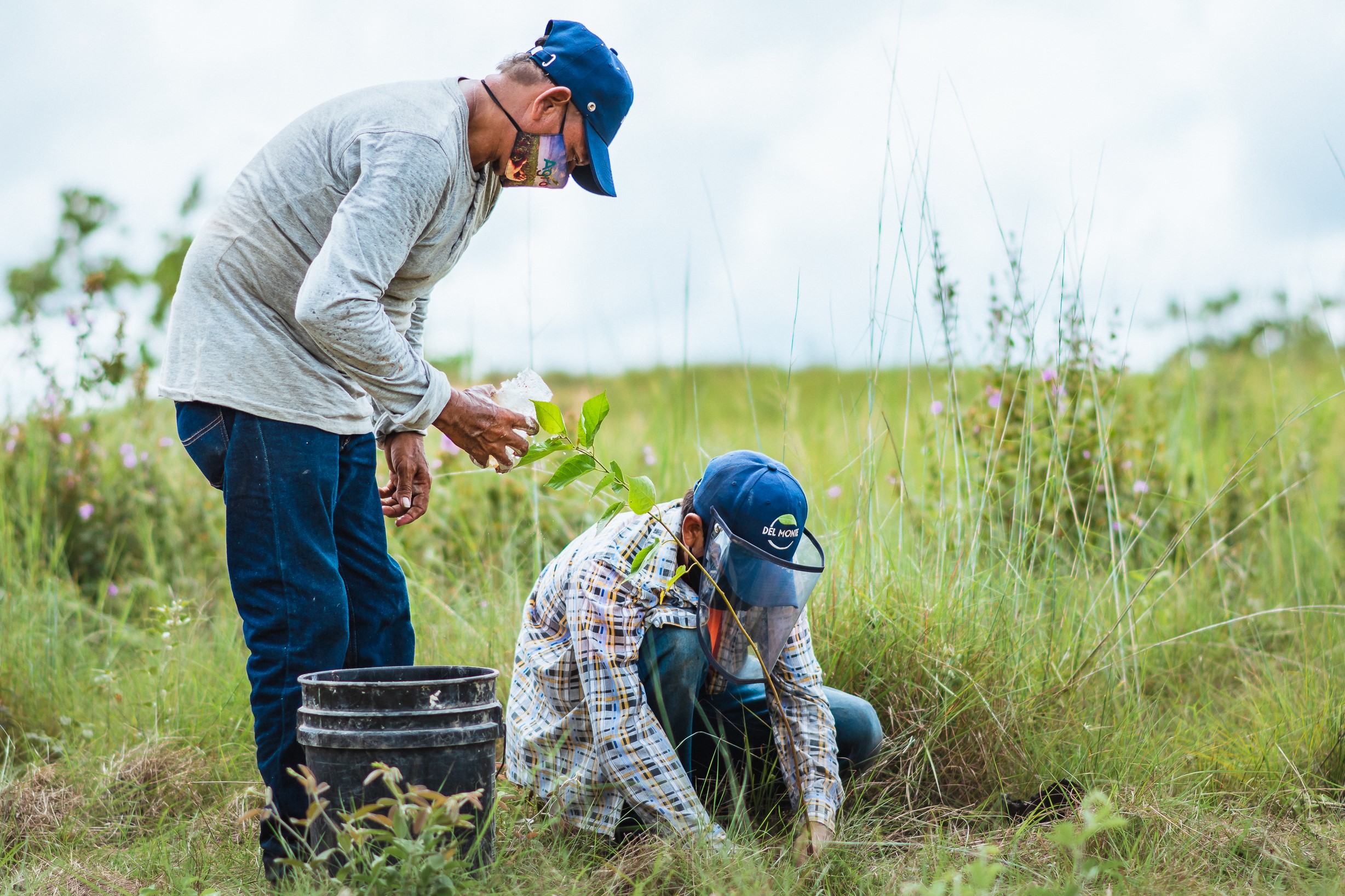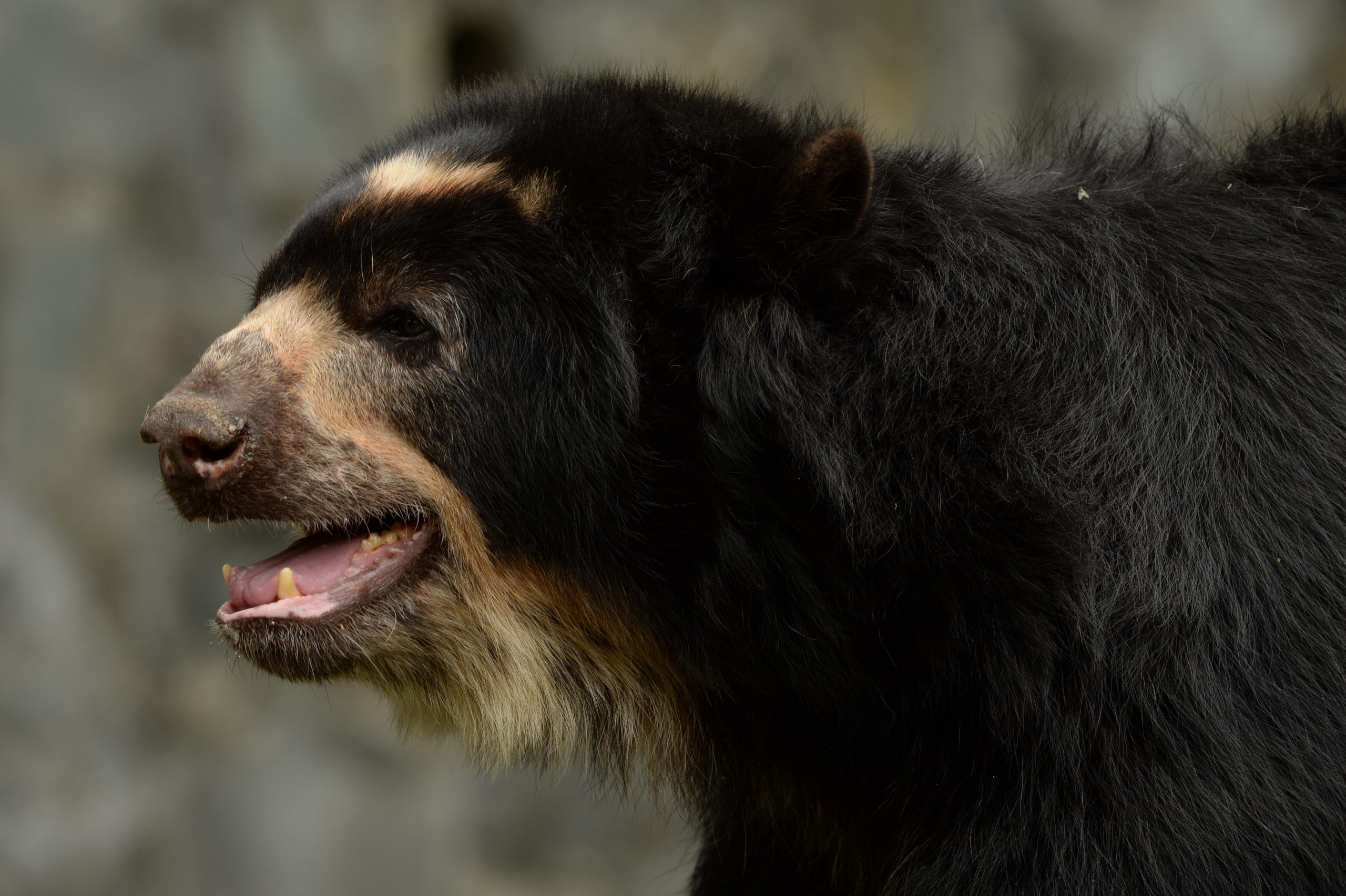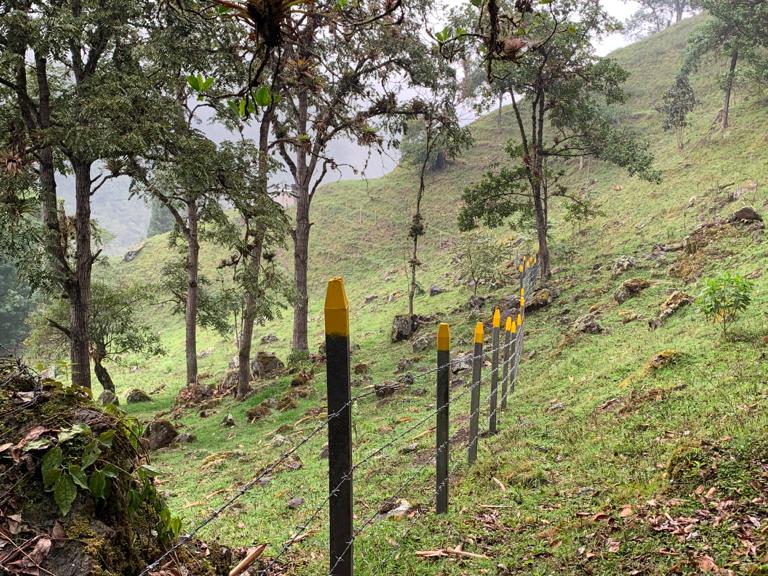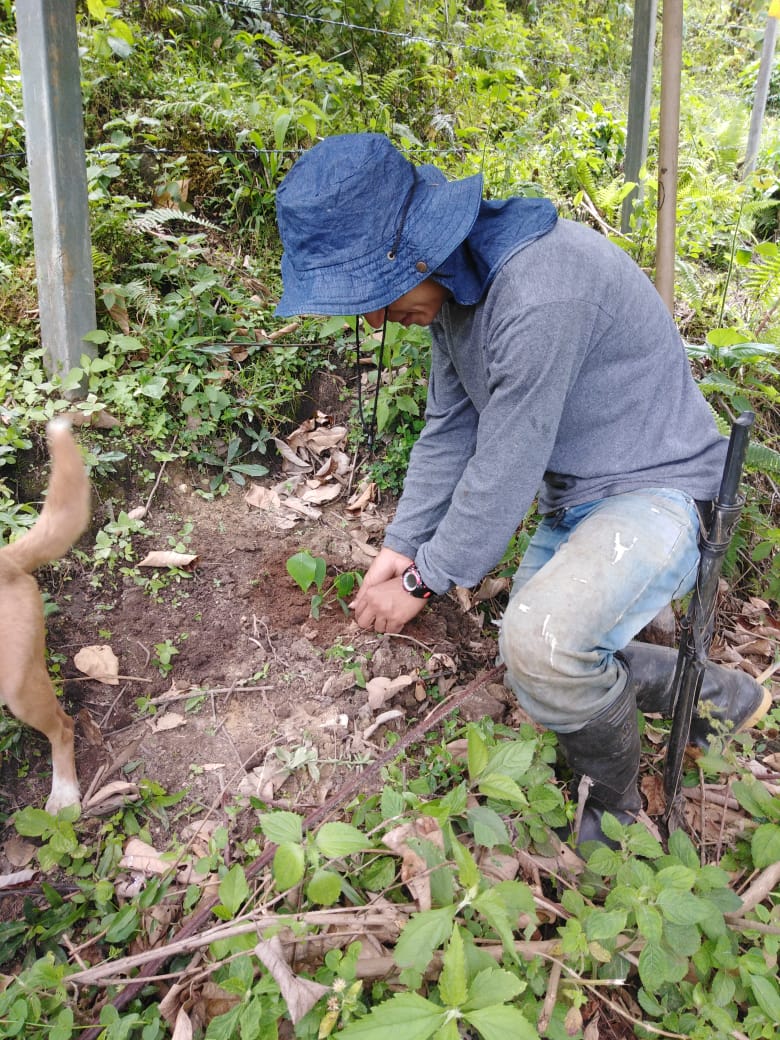 ©WCS Colombia
©WCS Colombia
Restoring forest connectivity in the Colombian Andes

will be planted with local communities

of degraded forest land will be restored to benefit unique biodiversity

will benefit through training, employment and improved ecosystem services





Trillion Trees partner, WCS runs three programmes designed to improve the connection between what remains of the forest and to protect water courses.
These programmes (We Conserve Life, Wild River Cali, and Saldaña River, a basin of life), are implemented through partnerships with local groups. All three programmes aim to conserve the biodiversity and ecosystem services connected with water sources, providing benefits to local communities. The initiatives find solutions that are beneficial to farmers, to avoid further deforestation and protect and restore wildlife corridors. This involves fencing sensitive watershed areas to facilitate natural forest regeneration and growing native tree species for replanting where it’s most needed. In 2021, WCS secured support from the Ministry for Environment and Sustainable Development, with matched funds from Trillion Trees, to expand restoration work in the area, as well as in indigenous communal lands and Territorial Training and Reincorporation Spaces to reincorporate members of the ex-FARC group into civil life. Restoration work is beginning in 2022 on private and collective properties, and national and regional protected areas.
After five years of these partnerships, 103 conservation agreements have been signed with rural families, improving farm management, recovering around 200 hectares of degraded habitat through active restoration with native plant species and protecting an additional 5,000 hectares of natural private areas, which were set aside by the owners and protected with fences.
These corridors are used by ecologically important species, including the Andean bear, the mountain tapir and the jaguarundi. This shows that it is possible to restore healthy wildlife habitat in degraded areas, even where the main driver of deforestation (livestock farming) is still present.
For more than 25 years, WCS Colombia has focused its efforts on the Andes, currently in two landscapes: Andes Chocó and Central Andes, to conserve Andean biodiversity and ecosystem services. In these landscapes, we have consolidated a working approach through public-private partnerships, which innovates by integrating financial and non-financial resources from diverse partners under a common framework and allowing us to have impact at meaningful ecological scales. Currently, three partnerships are under development within these landscapes, with important advances in terms of relationships with the local communities, knowledge on socioeconomic dynamics of the territories and on the ground implementations.
WCS’s restoration work aims to improve the conservation of forest and wildlife in the highlands of the Andes of Colombia, and is part of the We Conserve Life (Conservamos la vida) partnership. This initiative focuses on the conservation of the Andean bear along two large corridors in the Western and Central Andes.
In the Río Cali partnership, WCS has designed corridors to improve forest connectivity and protection of water courses in the upper catchment. The city of Cali, located in the inter-Andean valley between the Western and Central range of the Andes, is the third city of Colombia in importance, with a population of 1.8M inhabitants. The target restoration area is approximately 1,000 hectares, half inside a National Natural Park (Farallones de Cali) and the other half on private land.
Our project “Saldaña River: A Basin of life” is implemented through a public-private partnership composed by National Natural Parks of Colombia, Grupo Argos Foundation, Cortolima (Regional Environmental Authority) and WCS. Our aim is to conserve the biodiversity and ecosystem services associated to the water resource which provide benefits to the local communities
In these places, the strategy seeks to address deforestation and forest degradation drivers, such as the expansion of cattle farming and unsustainable productive practices, looking for solutions that are mutually beneficial for farmers, downstream water users, and wildlife. The protection and restoration of wildlife corridors, especially when focused on riverine habitat, helps to maintain habitat connectivity in the landscape and can reduce human wildlife conflict. To maintain and restore corridors, the team has supported nurseries for the propagation of native tree species, and carried out strategic replanting of forest in vulnerable sites.
In the Colombian Andes, less than a third of original ecosystems remain, but these forested slopes provide much of the water used by 70% of Colombia’s population. Deforestation has led to soil erosion and siltation that generate major challenges for agriculture and industry. The remaining forest is highly biodiverse and harbours important populations of the Andean bear (Tremarctos ornatus), which serves as an important conservation surrogate for these Andean ecosystems, given its large home range, preference for areas with low or no human intervention, and high dependence on large extensions of habitat.
Continued degradation of these natural ecosystems could put at risk the region’s outstanding biodiversity and the ecosystem services on which local people depend. The mountain systems are highly vulnerable to climate change, and conserving and restoring them is vital.
Lead partner: WCS